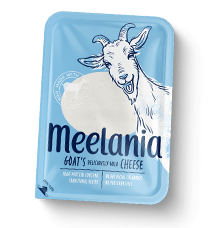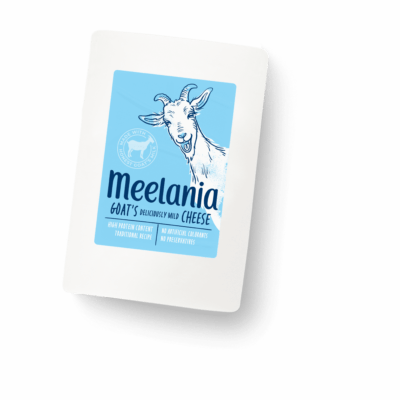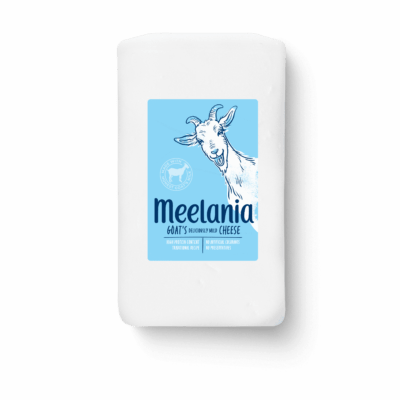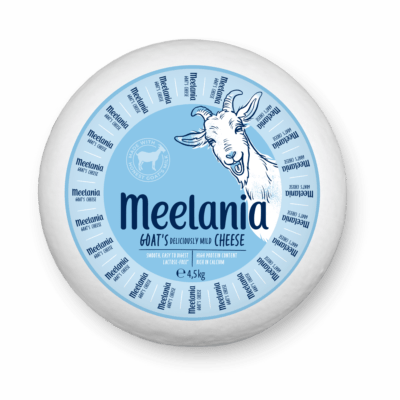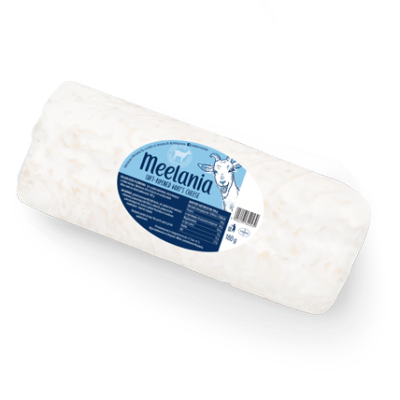
Goat cheese production
The production of goat's cheese is a meticulous yet fascinating process that brings out the best qualities of fresh goat's milk. It begins by gently heating the milk to around 33°C, creating the perfect environment for the next crucial step—adding rennet. This natural enzyme causes the milk to curdle within 30 minutes, transforming it from a liquid into a soft, pudding-like consistency.
Once the curd has formed, it's time for a unique tool called a "harp" to come into play. This tool carefully cuts through the curds, allowing the liquid whey to drain away. This step is essential in shaping the texture of the cheese. The curds are then placed into special perforated molds, where they begin to take their final form.
At first, the cheese is white, creamy, and almost flavorless. However, as it rests and matures, something magical happens. Over the next week, the cheese begins to shrink and dry, developing its signature mild yet slightly tangy aroma. As it continues to age, the cheese’s texture becomes firmer, and a delicate rind starts to form, adding both character and complexity.
After 20 to 30 days, the cheese transforms into a beautifully matured product, with a drier texture and an aromatic, cracked rind. The longer it ages, the more intense the flavor becomes, evolving from a mild, creamy taste to a bold, savory delight that cheese lovers crave. Each stage of the process adds depth and personality, making goat’s cheese a true artisan creation.
The production of goat's cheese is a meticulous yet fascinating process that brings out the best qualities of fresh goat's milk. It begins by gently heating the milk to around 33°C, creating the perfect environment for the next crucial step—adding rennet. This natural enzyme causes the milk to curdle within 30 minutes, transforming it from a liquid into a soft, pudding-like consistency.
Once the curd has formed, it's time for a unique tool called a "harp" to come into play. This tool carefully cuts through the curds, allowing the liquid whey to drain away. This step is essential in shaping the texture of the cheese. The curds are then placed into special perforated molds, where they begin to take their final form.
At first, the cheese is white, creamy, and almost flavorless. However, as it rests and matures, something magical happens. Over the next week, the cheese begins to shrink and dry, developing its signature mild yet slightly tangy aroma. As it continues to age, the cheese’s texture becomes firmer, and a delicate rind starts to form, adding both character and complexity.
After 20 to 30 days, the cheese transforms into a beautifully matured product, with a drier texture and an aromatic, cracked rind. The longer it ages, the more intense the flavor becomes, evolving from a mild, creamy taste to a bold, savory delight that cheese lovers crave. Each stage of the process adds depth and personality, making goat’s cheese a true artisan creation.

